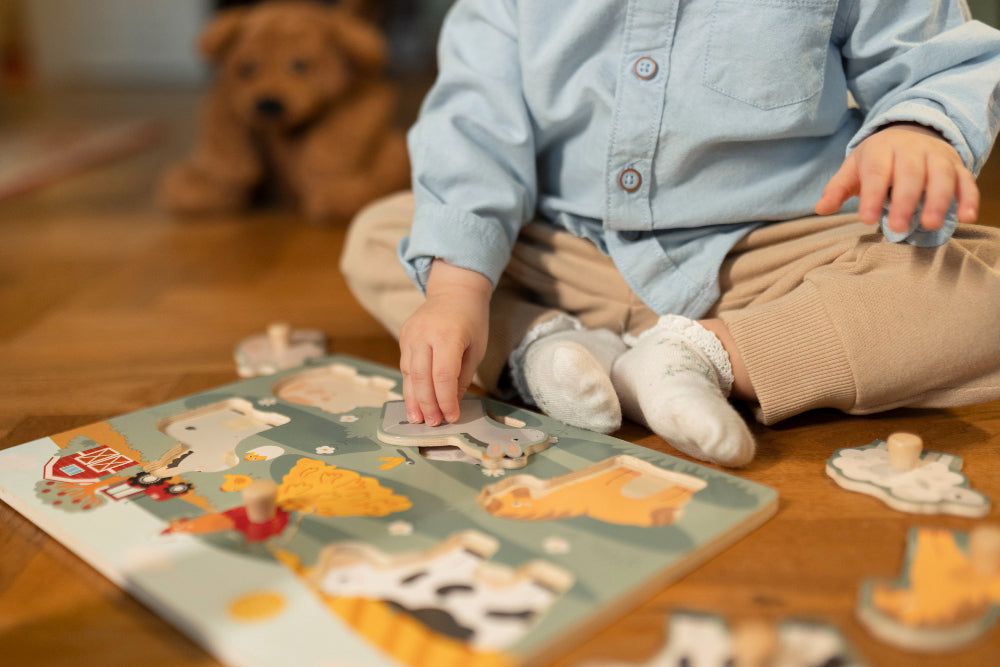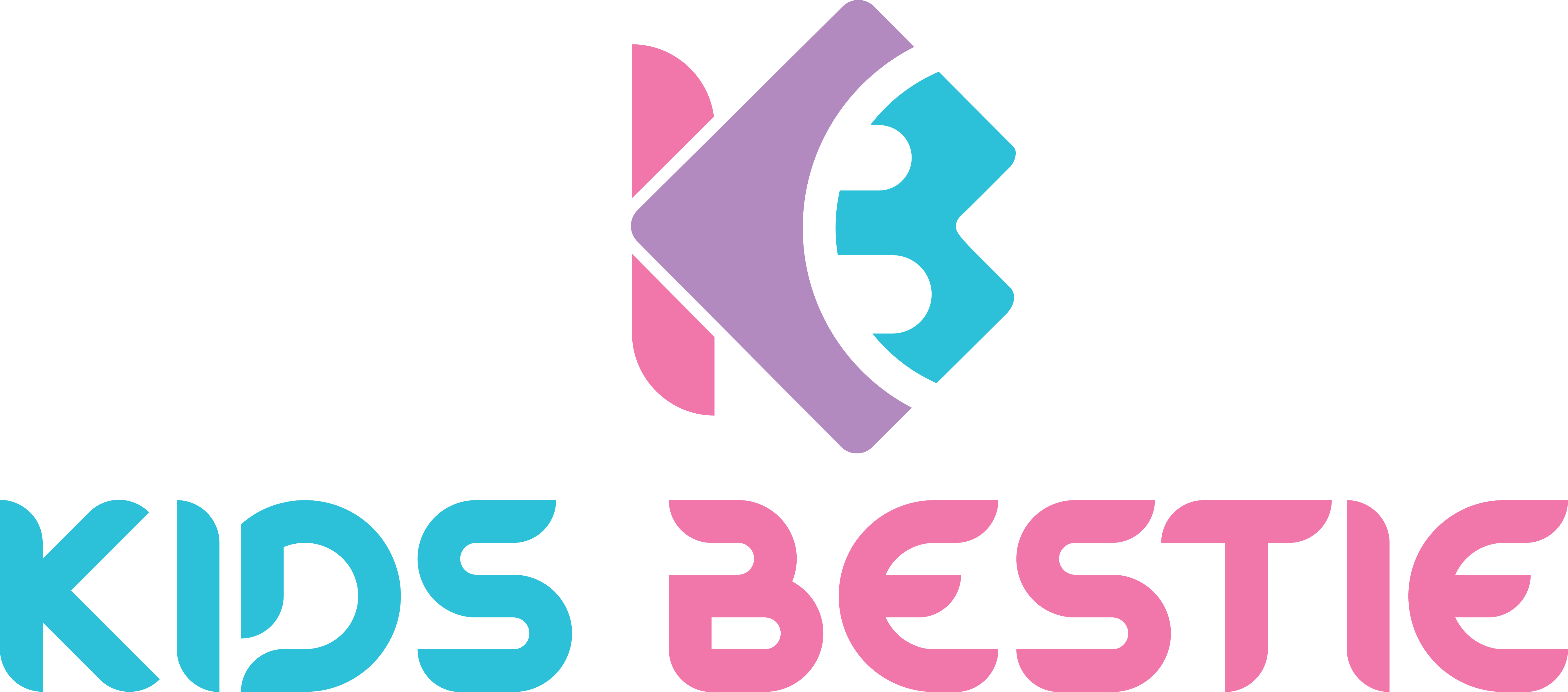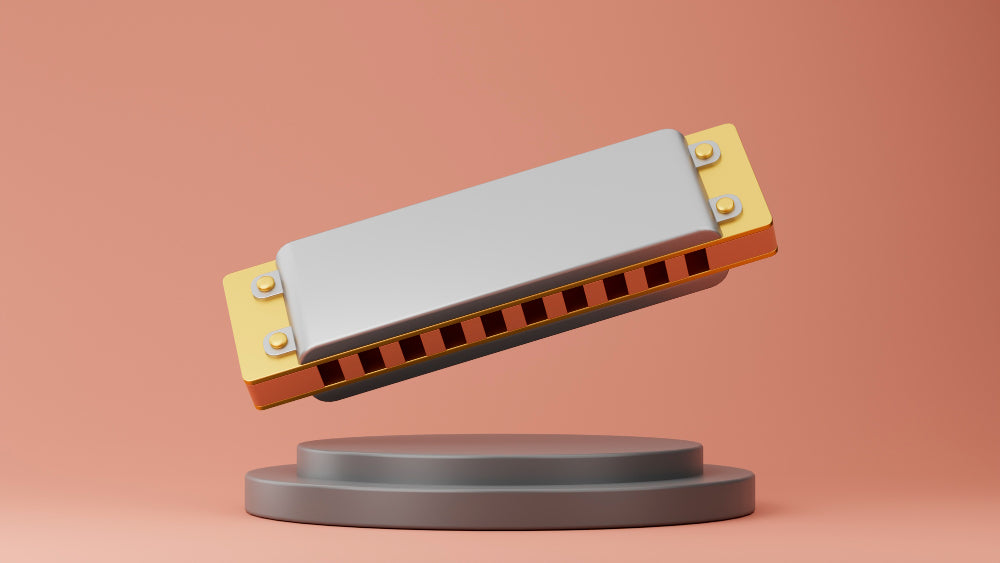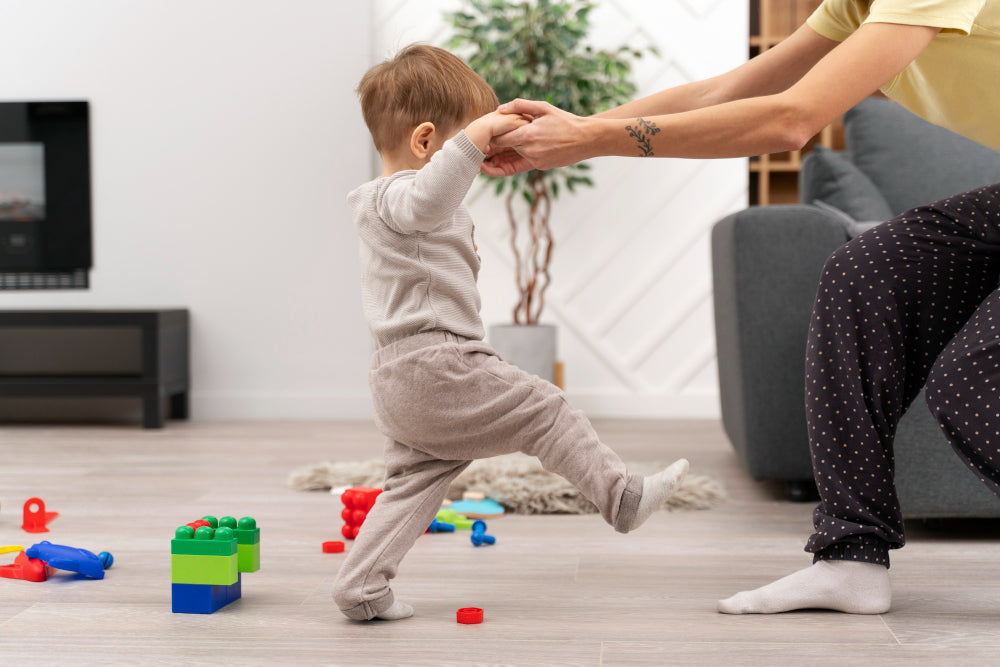
Why Wooden Animal Puzzles Are Perfect for Preschool Learning
The introduction of a wooden animal puzzle into the playtime of a child is an idea that provides the child with an opportunity to enjoy and learn, to be curious and practice the necessary skill...
In a world where environmental friendliness is emerging as a vital consideration, eco friendly toys among kids are becoming more and more popular with parents seeking sustainable and healthy play options to their children. Of these, wooden animal puzzles are shining stars, which are the best combination of fun and learning in preschool children. The wooden animal puzzle is not merely a toy- it is a potent instrument which encourages so many aspects of early childhood development by way of interesting and manipulative play.
The Pedagogical Effects of Wooden Animal Puzzles
Introducing preschoolers to the complex animal world, the wooden animal puzzles at the same time develop cognitive, motor, and social skills. At KidsBestie, there are such puzzles, children get to learn through senses, shapes, colors, and facts about animals, which is multi-sensory. The beauty of these puzzles is that these are not only educational, but also entertaining, and they develop the necessary skills, but children do not think that they are in the formal learning environment.
Building Cognitive and Problem-Solving Skills
Preschoolers use critical thinking and problem-solving when trying to assemble the pieces of their wooden animal puzzles. Every piece should be attended to details, as children dictate the placements of the shapes in connection to other shapes. This exercise makes them sharp in their spatial senses, memory and logical thinking, which are the basis of excelling academically in subjects such as math and reading.
Fine Motor and Hand-Eye Co-ordination
Solving the puzzle pieces takes skill and handwork. Wooden puzzles are puzzles that demand preschoolers to pick up, place pieces, and hold them in place, enhancing their strength in fingers and hand-eye coordination. These fine motor skills will play a crucial role in the daily chores of writing, dressing and using utensils which will later pave way to further independence.
Fostering Curiosity and Early Science
Animal puzzles that are made out of wood arouse the desire to learn more about nature. During the stage of preschool, children get to know how to distinguish various animals, their body parts, and their habitats through the process of play. Children who play these puzzles will also show interest in biology and environmentalism at an early age, which will lead to respect towards wildlife and nature.
Improving Language and Communication
The language development is also encouraged with the help of wooden animal puzzles as a learning tool. During puzzle time, parents and caregivers can name each animal, talk about its features, and share stories about it. It brings new words and helps to improve the storytelling, as well as promotes speaking skills.
Cooperative play, in relation to Social Development
Puzzle time may be an excellent group activity. By working together to assemble a wooden animal puzzle, children learn to share, take turns, and work as a team. These relationships foster social skills and patience, and this is when preschoolers learn to cooperate and find the optimal ways to solve the conflict.
Wood-based Toys have environmental advantages
The use of wooden animal puzzles will contribute to environmentally friendly decisions. The puzzles are made of natural and sustainable materials, thereby minimizing the use of plastic toys and making the world healthier. They are sturdy, secure and in many cases, are made to withstand several years of play, thus, becoming a cost effective and responsible investment in children toys. 
The reason why parents love wooden animal puzzles
Parents are fond of the classic wooden puzzles because of the development and sustainability. They are aesthetically beautiful, simple to clean, and in a way that provokes imagination and creativity unlike the screen based toys. The sense of touch in natural wood also gives a tactile experience that boosts child activity and attention.
Wooden Animal Puzzles and their place in the Preschool Curriculum
Wooden puzzles are a part of many preschools curriculum in order to facilitate the learning process. Such puzzles go hand in hand with Montessori and other hands-on educational philosophies which emphasize self-directed learning with activities that are rich in sensory input and promote deep learning.
Improvement of Emotional Skills While play
The accomplishment of a wooden animal puzzle gives preschoolers feelings of achievement and self-esteem, as well as confidence. The targeted activity also teaches patience and attention to detail, among other things, and allows children to control their emotions and be persistent in their tasks.
FAQs
Q1. How old should a child be to use wooden animal puzzles?
The animal puzzles made of wood are suitable to preschoolers between the age of 3 and 5 years because it is within their developmental milestones and within their area of learning.
Q2. What are these puzzles used to enhance the cognitive abilities?
Wooden puzzles can offer some basic cognitive exercises that are essential in academic success by promoting shape recognition, problem-solving, and spatial awareness.
Q3. Do young children play safe with wooden puzzles?
Yes, the wooden animal puzzles are generally manufactured using non-toxic but tough materials which have smooth edges, thus safe to preschool-aged children.
Q4. Are these puzzles helpful in language development?
Absolutely. Labeling animals and talking about pieces of a puzzle contribute to the development of vocabulary and speech.
Q5. What is the way that animal puzzles made of wood stimulate social skills?
Collaborative puzzles facilitate sharing, collaboration and communication, which are critical social development milestones during preschool.
The introduction of a wooden animal puzzle into the playtime of a child is an idea that provides the child with an opportunity to enjoy and learn, to be curious and practice the necessary skill set. Being a kid-friendly and eco-friendly toy, it adheres not only to the developmental objectives but also to the environmental principles--which makes it an ideal option in preschool education and further.



